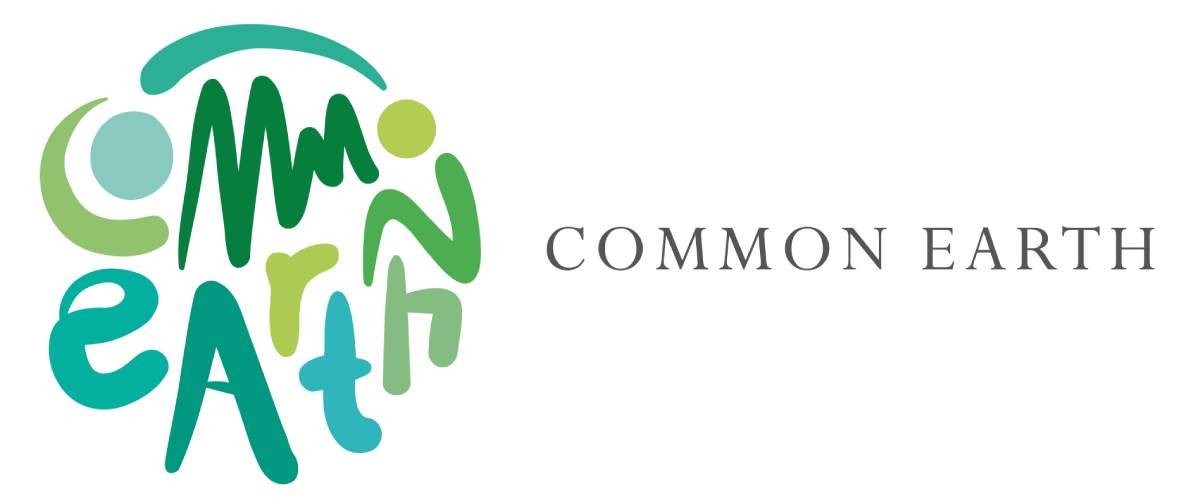The Kalinago Vision of a Sustainable Future
Location: Dominica
The Kalinago people of Dominica are in the process of developing communities that will totally revolutionise our understanding of communal living and settlements.
Working to combine 21st century renewable technology with their cultural heritage, this initiative aims to create a communal network of climate-resistant housing, environmentally sustainable infrastructure, and communal gardens for food production that enable the repair of local rainforests.
PARTNERS
Common Earth are proud to be working alongside The Kalinago Institute for Global Resilience and Regeneration on this pioneering initiative.
AIMS
This is one of the Kalinago Institute’s most ground-breaking projects; a self-sustaining territory that produces ultra-low carbon emissions, where citizens are able to thrive, while posing minimal risk to their natural environment.
CONTEXT
This first-of-its-kind settlement, pioneered by the Kalianago people, offers a glimpse into alternative social structures now being researched around the world, as humans respond and adapt to the challenges posed by climate change and broader global changes. This project will serve as a glowing example of what can be achieved to sustain a comfortable quality of life for Dominica’s citizens for generations to come, whilst conserving the natural environment.
METHOD
The Kalinago Resilience Initiative is comprised of eight key components:
Resilience Hubs:
With their hub in Salybia, eight Kalinago Resilience Hubs are being built in each of the Kalinago hamlets providing the community with a network of centres. They are equipped both for everyday life and for use in the event of an emergency.
Climate Smart Housing and Permaculture Gardens:
Suitable, affordable and climate-resilient housing is being developed for each Kalinago family with approximately one-acre individual gardens and a multi-acre shared community garden. These have the dual purpose of ensuring food security as residents can grow their own produce, and proactively cultivate the land in their own communities, sustaining it for others.
Agroforestry and Agriculture:
An agroforestry landscape is being designed within the 3,700-acre Kalinago Territory to regenerate wild tropical rain forest lands. The intention is to restore these lands with their native levels of biodiversity. There is also a plan to firmly establish forest and agricultural buffer zones surrounding the built environments to ensure the integrity of natural spaces. Even the forests themselves are being intelligently designed to produce a balanced circular timber as an optimised and regulated building resource. The Kalinago agroforestry program will include ecotourism and cultural tourism that reinforce the principles of this community and their dedication to re-wilding of the tropical rainforests. Additionally, local craft industries based upon indigenous cultural principles will be bolstered and thrive.
Collectively Intelligent Grid:
A sophisticated infrastructure grid is being built that will operate alongside the low carbon housing and community amenities. Using renewable low-carbon energy sources, this grid will provide water services, communication lines, internet services, a banking system, transportation, community alerts and all of the modern comforts of life without the exploitation of fossil fuels.
River and Ocean Resources:
Management systems are being developed to provide profitable livelihoods and sustainable marine protein sources for the Kalinago people. These systems preserve the health of the waterways, working to transition into a post-petroleum economy, recognising the paramount importance of clean water to healthy living.
Health and Wellness:
Historically, with a lifestyle of hard work on mountainous land, drinking clean water from springs and eating fresh fish and vegetables, a portion of the Kalinago people have been living long and healthy lives with little modern medical intervention. They wish to share their health and wellness knowledge, including of medicinal herbs and chemical-free agriculture, while helping more of their own people enjoy the benefits of their longevity and good health. The goal of this program is to raise awareness of what determines health status and happiness whilst ingratiating principles of sustainability into Kalinago culture.
21st Century Kalinago Culture, Learning Systems, & Innovation:
The Kalinago people intend to build one of the world’s most resilient, low carbon, ecologically-regenerative cultures based upon their indigenous roots as the once dominant society in the Caribbean Lesser Antilles. The Kalinago realise that they must now dig deep into their cultural heritage, as well as incorporating 21st century learning and innovation into their society. This program within the Kalinago Institute seeks not only to benefit the Kalinago people, but also to create means to help others in Dominica, the Caribbean, and beyond through Kalinago Blue-Green innovations. The goal is to help all to live well within one’s own ecological footprint in a world coming back into a healthy regenerative balance.
Governance Within a Blue-Green Political Economy:
The Kalinago culture is closely linked with honouring nature. They are seeking to build and share an ecologically regenerative circular economy in balance with the earth, the sky and the water. To this end the plan is to build policies, economic principles and trade relations that are based in social justice and economic well-being, while maintaining generational sustainability. They are embracing a process to upgrade their Constitution and practise a form of governance sufficient to achieve their 21st century resilience and regeneration goals. It has been immensely rewarding to be part of this historical process.
The Kalinago seek to work with all other societies, organisations and individuals to collaboratively establish climate-resilient and regenerative solutions to climate-based problems. Using Kalinago approaches to preserve pristine river and ocean water they hope to positively impact the Kalinago Territory, Dominica, the Caribbean and beyond.

